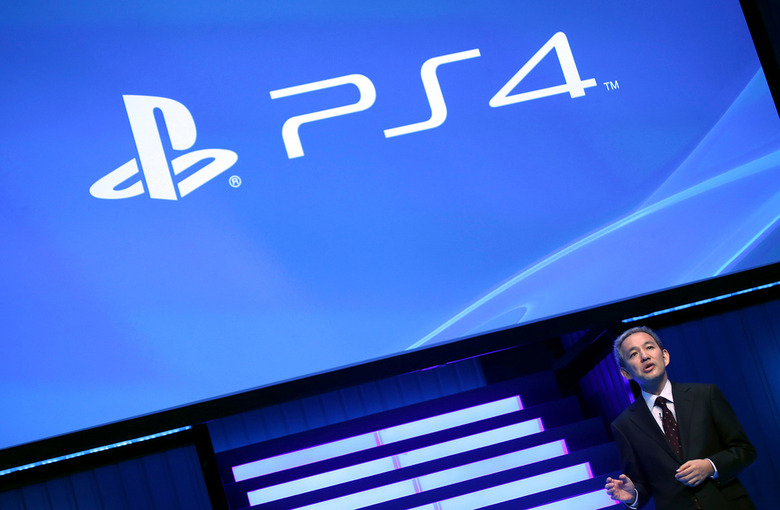Sony Says The PS5 Is Still At Least A Year Away
We know that the PlayStation 5 is deep in development, but Sony has seemingly dashed any hope there might have been of a spring 2020 launch. Speaking with reporters this week, Sony revealed that its next-generation PlayStation console (which technically hasn't been named yet), will not launch within the next 12 months.
In other words, the earliest we would possibly see the PlayStation 5 on store shelves would be May 2020 (though it seems highly unlikely that Sony would launch a new console in May). That said, anything is possible at this point, but if the PS5 isn't going to arrive this fall or next spring, Sony could repeat the same process it went through in 2013 for the PS4, when it unveiled the console in February, and then made it available in November.
While we don't know the release date of the next PlayStation console, we do know a few details about it, thanks to a recent interview between Wired and lead systems architect Mark Cerny. The PS5 will be backwards compatible with the PS4, and will have speedy SSD storage, 3D audio, an eight-core CPU, a custom AMD Radeon Navi GPU, and support for 8K resolution graphics. Plus, it will work with the current PlayStation VR.
Sony:
-No next-gen PlayStation launch over next 12 months
-PS Now has been ave. 40% annual growth since launch, now 700,000 users
-Much of Y31.1 billion (difference between past fy op vs this fy op outlook) to be invested to develop next PlayStation console— Takashi Mochizuki (@6d6f636869) April 26, 2019
We also know that Sony will be skipping E3 this summer, as it didn't feel it had enough to showcase to warrant putting on a big stage show as it has in years past. Presumably, Sony will have a bunch more to talk about at E3 2020, which could possibly take place after the PS5 has been formally announced.
In addition to the 12 month window in which the PS5 won't launch, Sony also revealed that 96.8 million PS4 consoles have been sold since launch in November 2013. The PS4 was the runaway winner of this console generation, but it will be interesting to see how Microsoft responds with its next console, codenamed "Anaconda."
